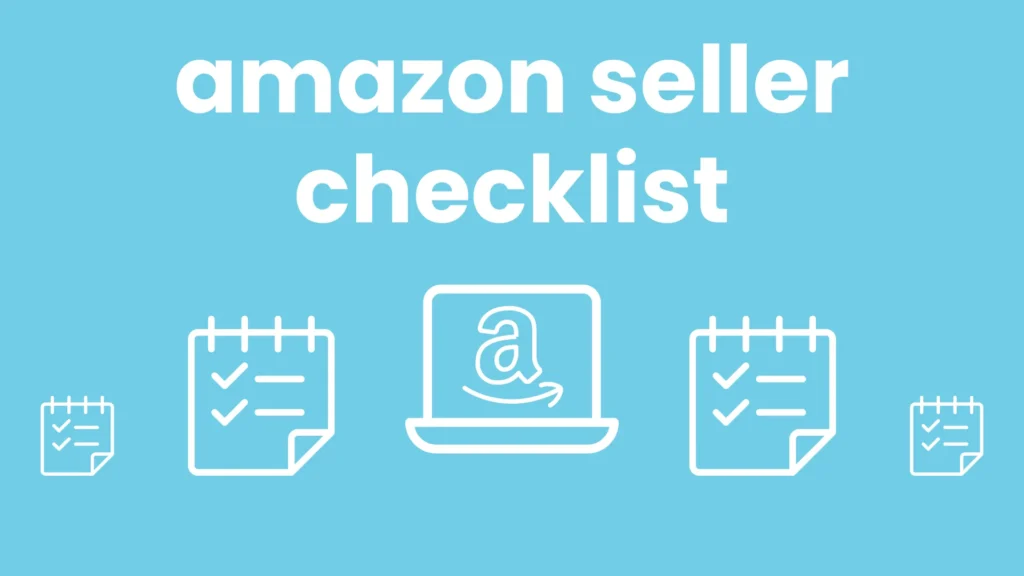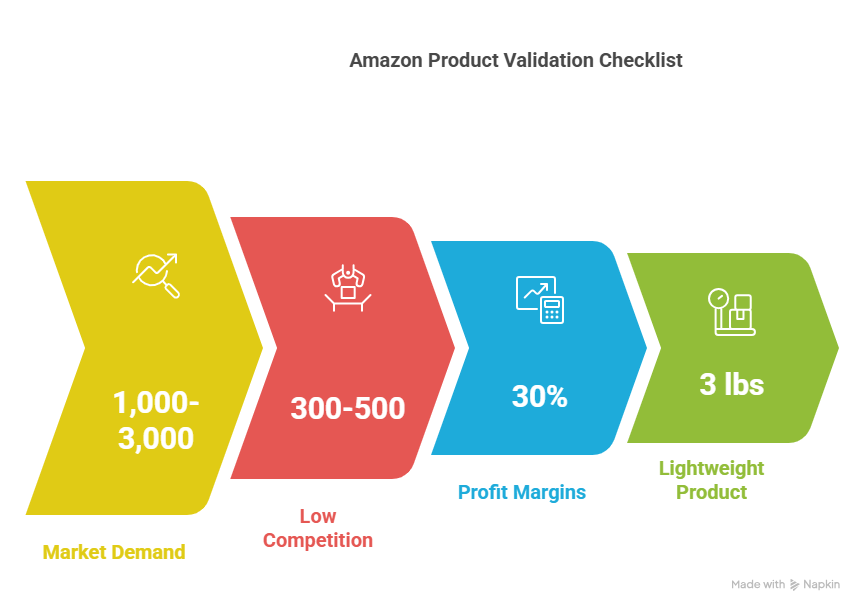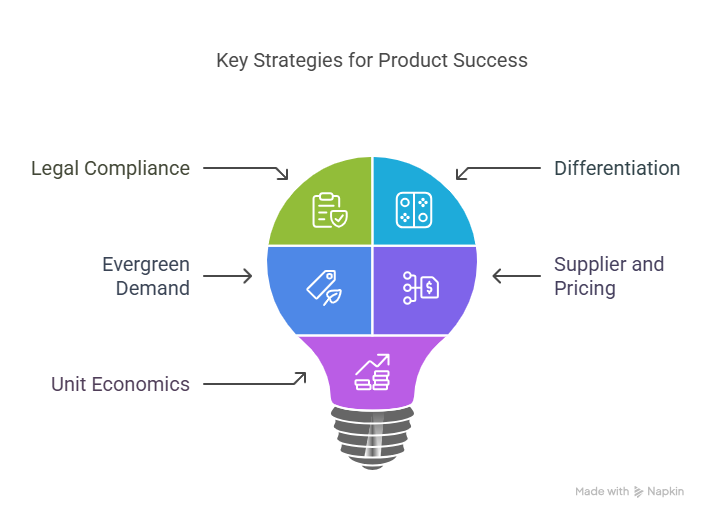Article
The Ultimate Checklist for Validating a Profitable Amazon Product

Share
The Ultimate Checklist for Validating a Profitable Amazon Product
Launching a successful product on Amazon doesn’t rely on having a brilliant idea but rather understanding whether that idea will sell. With thousands of buyers and sellers competing in the marketplace, product validation is the turn-and-burn process that comes before investing time, money, and energy. But how do you understand if your product is worth launching?
We’ve assembled The Ultimate Checklist for Validating a Profitable Amazon Product so you can assess any product idea with confidence and prevent expensive errors.
Market Demand: Is There Sufficient Interest?
First, make sure people are actually looking for your product.
Utilize tools such as Jungle Scout, Helium 10, or AMZScout to verify monthly search volume.
Shoot for products with a minimum of 1,000–3,000 monthly searches.
Consider Amazon’s Best Sellers Rank (BSR) — items with a BSR of under 10,000 in their niche generally indicate strong demand.
Low to Medium Competition
A crowded niche is a nightmare to start with. You want demand but not a wall of competition.
Consider how many reviews are on top listings. Items with fewer than 300–500 reviews on top are less competitive.
Utilize Helium 10’s “Review Count” and “Review Velocity” filters to measure performance.
Weak listings: foggy photos, terrible copywriting, or terrible SEO — all your entry points.
Profit Margins: Will You Profit?
High revenue does not equal high profit. To be sure, always calculate the math.
Utilize the FBA Calculator to approximate fees.
Shoot for profit and more-than-30% profit margins after Amazon fees, manufacturing costs, and shipping.
Factor in PPC (advertising) spend, which can eat 10–20% of revenue during product launch.
Lightweight and Compact
Shipping costs are one of the biggest drains on profitability.
Look for products that are under 3 lbs and fit in a shoebox.
Avoid oversized or fragile items unless you’re confident in managing logistics and returns.
Avoid Restricted or Gated Categories
Some Amazon categories require approval or are prone to issues.
Avoid gated categories like grocery, supplements, or medical devices unless you’re experienced.
Check Amazon’s Restricted Products list to avoid policy violations.

No Legal or Trademark Issues
Don’t risk your account over copyright or patent issues.
Search the product name or concept on USPTO.gov for trademarks or patents.
Avoid brand-name references or knockoffs.
Use a service like LegalZoom or IP Check if in doubt.
Room for Differentiation
If your product is exactly the same as everyone else’s, customers won’t buy from you.
Check out negative reviews on rival listings and see how you can fix those problems.
Can you include an extra item, improved packaging, or a special design?
Try to build on what is already successful, not start from scratch.
Evergreen Demand (Not Just a Fad)
Following fads may give you temporary success but will not keep your business alive.
Use Google Trends to look for seasonality or diminishing interest.
Steer clear of extremely trendy products unless you have quick manufacturing and fulfillment established.
Optimize towards problem-solving, evergreen products that are in demand all year round.
Good Supplier and Pricing Options
Half the battle is finding a product you want a good supplier.
Utilize Alibaba, AliExpress, or sourcing agents to locate manufacturers.
Buy samples to test quality.
Negotiate MOQs (minimum order quantities) within your budget.
Positive Unit Economics
Do you scale profitably?
Monitor cost per unit, advertising cost of sale (ACoS), and return on investment (ROI).
Utilize spreadsheets or platforms such as Shopkeeper, Sellerboard, or Fetcher to monitor profitability.
Break even or better within 3–6 months after launch is a good target.

Conclusion
Properly vetting your product idea is the difference between launching a six-figure brand or sitting on a mountain of unsold stock. Don’t bypass this step.
Refer to this checklist when carefully evaluating any product before making the final decision. And remember: success on Amazon isn’t luck — it’s strategy and wise decision-making.